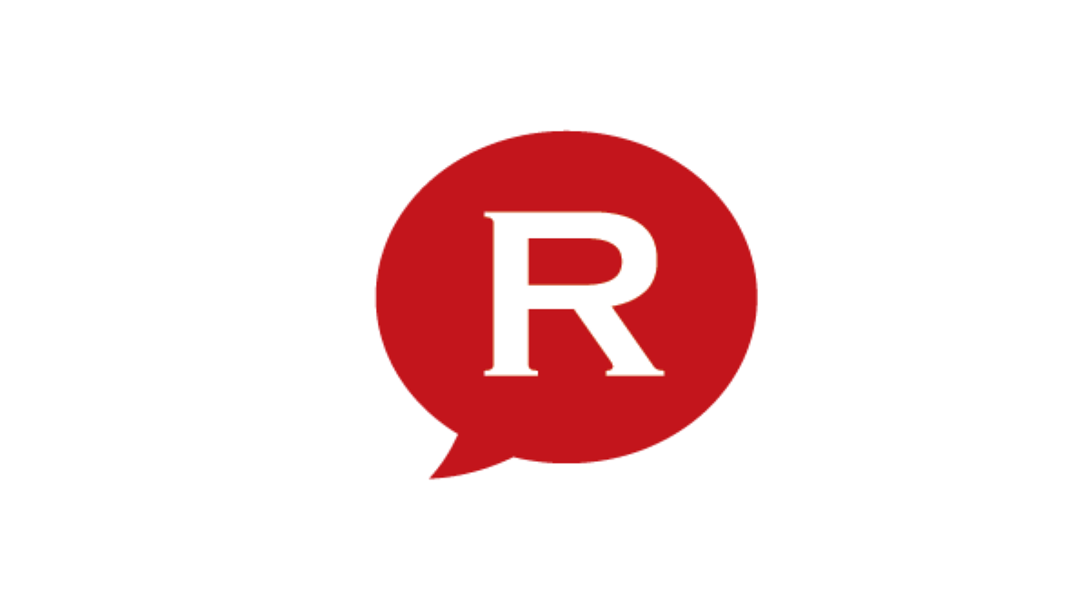Intercultural: Learning from Ireland's Celtic Tiger while preparing for St. Patrick's day

 Ahead of the upcoming Irish National Day, Guest Writer Irina Budrina looks at the ties between Romania and Ireland and highlights what brings the two nations together, and what sets them apart.
Ahead of the upcoming Irish National Day, Guest Writer Irina Budrina looks at the ties between Romania and Ireland and highlights what brings the two nations together, and what sets them apart.
It was Ireland's turn to head the Council of the EU (for a seventh time) as of the beginning of 2013, and it was quite a timely choice. In 2013 Ireland marks 40 years of EU membership, which can serve as a very good illustration to what the EU can do with countries that know precisely what they need and have the will to pursue it.
It is still too early to tell whether the Celtic Tiger, as Ireland was known before the crisis, is coming back in the sense that was meant then - with dynamic growth and dropping unemployment. The Celtic Tiger, however, can be recognized also in the successful example of the austerity program that delivers. The power of the Tiger can be seen also in Ireland's determination to cash down its membership in the EU for the past 40 years. Ireland has radically changed and it looks different for the better. So, Fáilte, Éire! For a seventh time.
There is something in Irish development that Romania definitely stands to learn from. Celtic Tiger refers to the economy of the Republic of Ireland between 1995 and 2008, a period of rapid economic growth. This was a period of growing interest in Ireland and its people. The organization of large-scale celebrations of the national day - St. Patrick's Day, March 17 - abroad was made possible by the destruction of the negative stereotypes about the Irish nation and the increased interest in Irish culture. The upcoming St. Patrick's Day promotes Irish national confidence and causes a further increase in international popularity of Irish culture. In Romania too the Irish community celebrate the National Day with a ball which will be in its second edition this year.
Saint Patrick is patron saint of the country, whose name is associated with various legends. Two of them are quite well-known today. People believe that it was St Patrick who rid Ireland of snakes - luring them into the sea. It is true that there are no snakes on this island (although biologists say they've never been there). Another legend says that Patrick used the shamrock to explain the concept of the Holy Trinity to pagans, three leaves on one stem representing the one but three idea of God. That’s why nowadays, the Irish people pin this ornament on St.Patrick’s day as a national symbol.
Until the mid-1990s, the celebration of St. Patrick's Day was spread mainly among Irish emigrants in the large Irish diaspora. At the turn of the millennium, the celebration of the national Saint of Ireland was first organized in many European and Asian countries, such as Germany, France, Russia, Denmark, Norway, Italy, Spain, Japan, China, Singapore, Malaysia, Hong Kong, South Korea.
Most of the activities on St. Patrick's Day are organized by the Government of Ireland and the various Irish companies and organizations: The Ireland Funds, Culture Ireland, Irish Network. A distinctive feature of the international success of St. Patrick's Day is the fact that Irish people actively seek to include the local population in the festivities. The Irish communities act as hospitable hosts of the festival, willingly offering guests to make their own contributions.
In Romania, there is the Ireland Romania Network, which organizes the St. Patrick's Ball. There is also the Irish Embassy in Bucharest, which has been functional since 2005. The historical ties between Romania and Ireland don't date back too long, the diplomatic relations between Romania and Ireland were established only in April 1990, and since May 20, 1994, Romania has had an embassy in Dublin.
Bucharest is one of the few capitals in the world where the Irish community is not very large, but the influence of the Irish community here has nothing to do with its size, rather it is the rapid growth of Irish business, despite the fact that the local economy is experiencing significant difficulties.
The most picturesque presence of Ireland in Bucharest can be seen in the middle of March, on St. Patrick's Day, where the growing Irish business community uses this opportunity to express itself.
The success of Irish business in Romania and the growing popularity of the event could be attributed simply to the account of "Irish luck". But Irish business people comment that they are very similar to Romanian people because of the same sense of humor. A good example is the breaking new musical ground - an album ‘Voices From The Merry Cemetery’ composed by Shaun Davey, the well-known Irish composer, who has been working with Irish and Romanian musicians.
Many Irish traditional values seem to be common for Romanians: rural simplicity, vision and imagination, romance and idealism, irony and sense of humor, informality, poetic tendencies, love of literature, music, theater, warmth and charm, social anchors of land, church, family.... St.Patrick's Day celebrations have brought all these values together! Irish people have a reputation for ease and elegance of speech and a readiness to put things into practice.
They tend to have a more flexible approach to organization than, for example, British people. This is reflected in the importance given to personal relationships, similarly to Romanian people, a talent for improvisation and a dislike of rigid systems and bureaucracy. Irish people are essentially cooperative and work well in teams. Teams will commonly accept collective responsibility for decisions and implementations.
Sounds encouraging for all mixed Romanian – Irish teams, doesn't it? What's your experience with working or socializing with Irish people? And if you're Irish, how has it been to work/socialize with Romanians?
By Irina Budrina, Guest Writer, irina-budrina@hotmail.com















